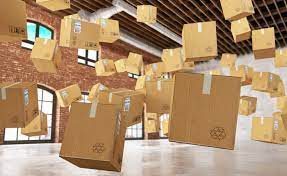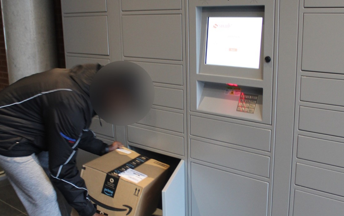 January 2023
January 2023
That Tsunami of Packages which Toronto Condo News reported on in November 2020 gives rise to a tsunami of returns.
High-rise communities spend an estimated $20,000 to $50,000 per building per year to receive packages. What happens when unwanted items are returned?
You open that package, decide you don’t want it, and send it back … for free. Most items can no longer be sold as new or at regular price. The retailer pays shipping costs and deals with the loss of reselling or destroying returned items.
An employee must open your returned item, inspect it for damage and ensure it works. Opened boxes cannot be returned to shelves alongside new and unopened items.
Retailers resell what they can. Amazon Warehouse is a marketplace for refurbished products. Walmart offers a similar clearance section for returned items. For items it doesn’t make sense to resell, liquidation warehouses are the destination. These operations buy returned products from retailers at a discount. Employees sort and organize large volumes of returned items by categories which include personal care products, clothing, toys, board games, kitchen appliances and electronics.
Items are resold to outlets, discount retailers and smaller business operations. Some have their own stores. Others sell to consumers on Kijiji, eBay or Amazon at less than retail prices.
Items that cannot be sold, at least 25 percent of all returned items, end up being destroyed, burned or in landfill.
The cost of returning items is high.







